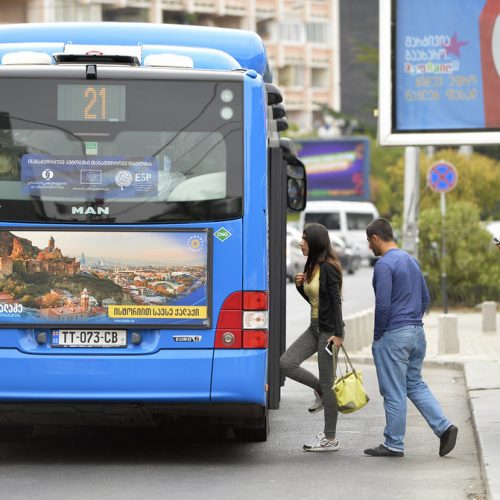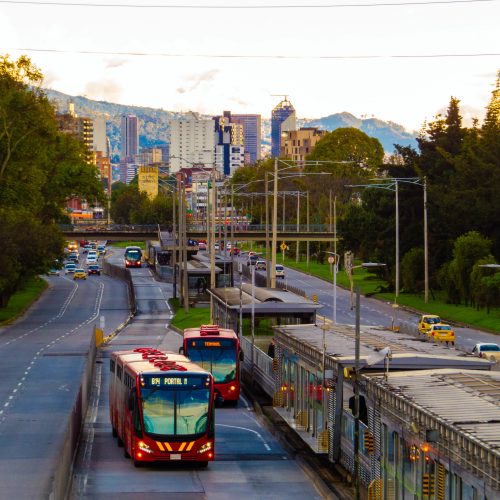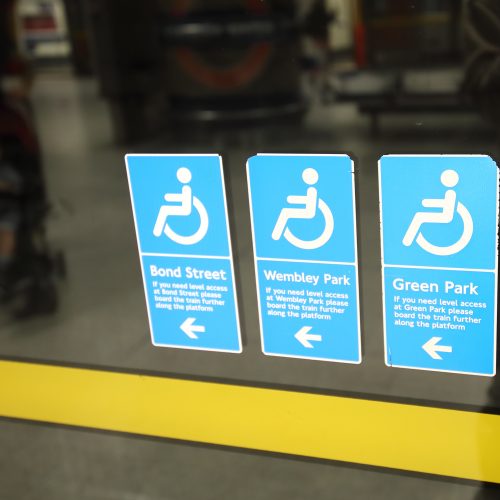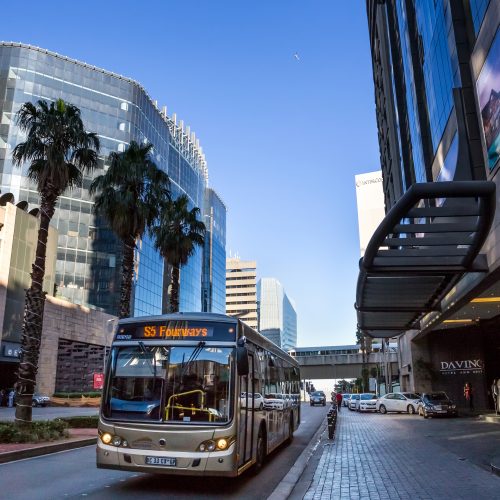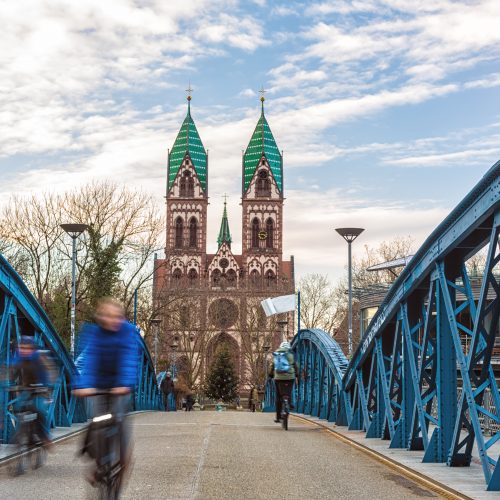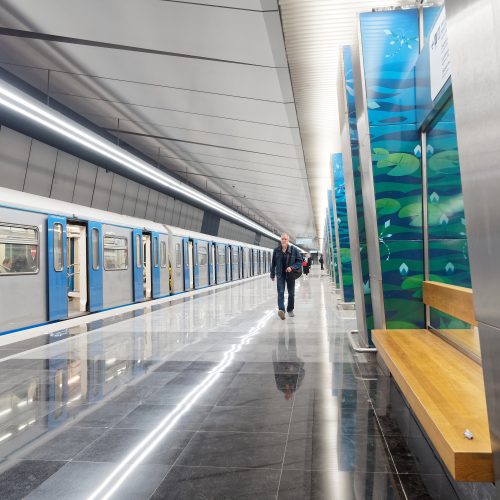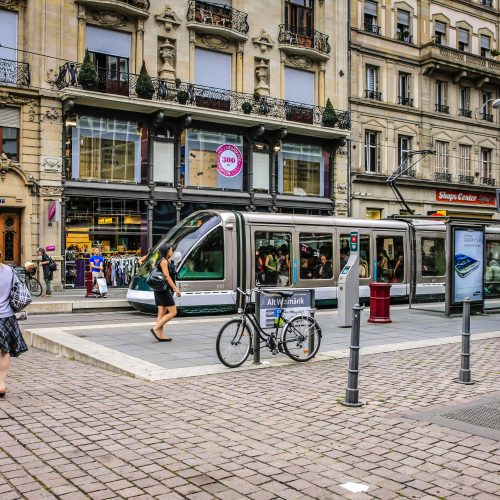Description
The degree of planning and regulation of urban transport services can vary from a liberal approach to a more structured and coordinated approach. A liberal approach, based on largely unregulated private bus and minibus services, requires less administrative and financial capacity within the municipality and is flexible and responsive to most transport demands in cities.
However, a liberal approach tends to face coordination problems. Effective pursuit of environmentally friendly and inclusive mobility requires adequate regulation of transport services on the back of a plan for sustainable urban mobility.
Effective transport services require professionalism, predictability and accountability. Improved performance of incumbent operators can be promoted by transforming municipal transport operators into separate legal and commercial entities or joint stock companies (JSCs). This helps to depoliticise
the management of these operators. To further professionalise the relationship between the company management and the city, it is recommended to set up public service contracts (PSCs) between the municipality and the JSC – defining rights, obligations and processes – to ensure predictability and accountability for all. Improved transport services can also be promoted through well-regulated and well-procured private service contracts.
The benefits of a well-planned and regulated transport sector include better resource efficiency through synergies between transport modes, including private cars, bicycles and various public transport services. Better regulation and coordination can further facilitate integrated multi-journey ticketing covering journeys that include a variety of transport modes. It also enables the introduction of an electronic ticketing solution, electronic vehicle monitoring and transport management, which allows for real-time information systems. All this improves user experience and increases the popularity of public transport services.

Resource implications and key requirements
Setting up a strong integrated urban transport regulator takes time. It requires an adequate capacity to plan, contract, procure and monitor services. Effective
contracting and transparent funding of regulated services also require shifting the control of cash flow from the operators to the transport authority.
Of the different solutions, it is worth noting that electronic transport management includes operation of the necessary IT infrastructure and control room. In Moscow, which has a population of 12.3 million, the creation of an intelligent transport system had an overall budget of US$ 1.7 billion from 2012-20.[1] Electronic ticketing and real-time information systems may also require significant investment in ticket machines, validators, information boards and IT infrastructure.
Public transport infrastructure and facilities should be adapted for people with all abilities, which may require additional investment. This can be achieved by installing inclusive physical features such as large handrails, priority seating, lift equipment and audio announcement systems. Curitiba in Brazil has been considered a model city for accessibility. All the bus stations in the city have platforms with ramps or lifts for wheelchair users, and bridge plates automatically lower as buses reach the stations so that passengers can board at floor level. Bus fares can be paid before boarding to allow fast and comfortable boarding. Furthermore, some bus lines connect with lift-equipped taxi sever points to expand the mobility scope of disabled passengers.

Potential private-sector participation
Increased administrative planning and coordination does not imply a crowding-out of private operators. Regulated bus services can be effectively procured, contracted to private operators and monitored by a dedicated authority. The introduction, operation and maintenance of electronic ticketing systems, electronic vehicle monitoring or real-time information services can also be effectively financed, implemented and operated by private contractors. For example, the city of Belgrade contracted out the supply, financing and operation of an electronic vehicle (bus) monitoring and ticketing solution, including ticket sales and ticket control, in return for 8.3 per cent of the ticket revenues collected. For the city, the outcome was a more than 10 per cent revenue increase in the first year of operation, implying a net rise in municipal revenue, better vehicle monitoring under the PSCs and lower costs of ticket sales, without any material capital expenditure.[2]
Urban transport is generally one of the most significant local employers in cities. Local authorities can explore opportunities for promoting inclusive procurement in the sector by requiring private sector contractors to offer work-based learning opportunities for young people and/or employ workers from more diverse demographic groups. Governments can also require contractors and suppliers to develop company policies and codes of conduct to address all forms of discrimination to protect both transport users and workers.

Implementation obstacles and solutions
Effective regulation of the urban transport sector may upset public and private operators alike. One challenge is the formalisation of unregulated minibus services, for which moderate adjustments to licencing requirements may be the first step. Effective regulation may involve the unbundling of a transport authority that has in the past provided services and regulated the sector. It may also involve account separation and further unbundling of different transport modes or operators to ensure transparency and well-defined service contracts for each mode and operator. A gradual approach may be needed here as both managers and related unions may oppose such moves towards transparency and future competition for related transport markets.
Effective contracting and the transparent funding of regulated services require shifting the control of cash flow from the operators to the transport authority. This implies a change of mindset and may have to be introduced gradually through one transport mode at a time, on the back of a well-defined and well-funded public service contract for the relevant operators.
The risk of gender-based violence and harassment (GBHV) is exceptionally high in public transport systems because of proximity between users, transitory environments and anonymity to commit GBHV behaviours.[3] To address this, several proven measures can be taken. First, additional physical features in stations or onboard, such as improved lighting, surveillance cameras and emergency buttons, can effectively reduce harassment or abuse. Another solution is to conduct gender and safety risk assessments in the bidding process for contractors and require contractors to act sufficiently to prevent and respond to GBVH. Also, grievance reporting mechanisms and investigation procedures can be developed for passengers. The city of Quito in Ecuador, for example, has installed “Tell me” (Cuéntame) booths in public transport stations where women can report violence.
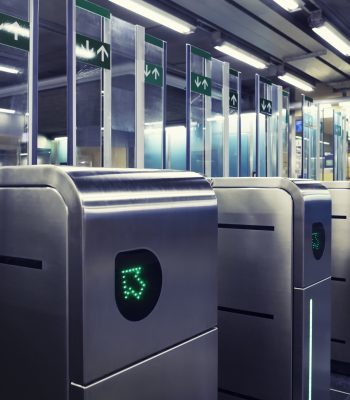
References
[1] Innovative Governance of Large Urban Systems (2017), “The Greater Moscow Region on its shifting way from transportation to mobility”, S. Maltcev, IGLUS website, July 2017.
[2] S. M. Tica, P. Živanović, S. Bajčetić, S. Gavrilović and S. Filipović (2012), “Organization and Management of Complex Interoperable Tariff and Fare Collection Systems-Example of the City of Belgrade”. Proceedings of the International Conference on Traffic and Transport Engineering, p. 259, Belgrade.
[3] EBRD (2020), “Addressing Gender-Based Violence and Harassment (GBVH) in the Public Transport Sector”.









